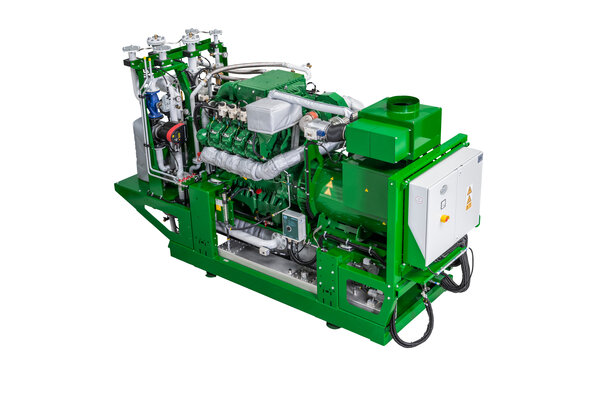
Greenhouses
Greenhouse structures are designed to create natural conditions required by different plants, even beyond their usual growing seasons. To cultivate these plants successfully, it is important to establish suitable conditions, which include a stable supply of sufficient lighting and regulated temperatures. However, this demands a significant amount of energy. Therefore, the application of combined heat and power production is an optimal solution.
Cogeneration for Greenhouses
Optimizing Energy Efficiency in Greenhouse Cultivation
The electricity and heat demands in greenhouse operations vary depending on the cultivated plants. Lighting is essential, and electric energy is also consumed by pumps and machinery, while thermal energy is needed to maintain the ambient temperature. Additional steps in the processing chain, such as operating a refrigerated warehouse, can introduce cooling needs to the energy requirements.
An effective solution involves using a 2G CHP system, which provides a single source of the necessary energy. The system is carefully calibrated to meet specific requirements, taking into account humidity and CO2 levels. Greenhouse operators can efficiently and sustainably meet their energy needs through precise planning and configuration. The optional Island Mode ensures a reliable power supply.
Optimizing Efficiency with CO2 Fertilization
Electricity, Heat, Fertilizer – All from a Single Source
The outstanding efficiency of 2G CHP systems significantly diminishes greenhouse gas emissions. Moreover, even minimal quantities of CO2, typically considered a "waste product" from conventional gas types, can be utilized productively in greenhouses as fertilizer. By capturing this climate-damaging gas, you can enhance your yield, which is achieved without incurring additional costs.





